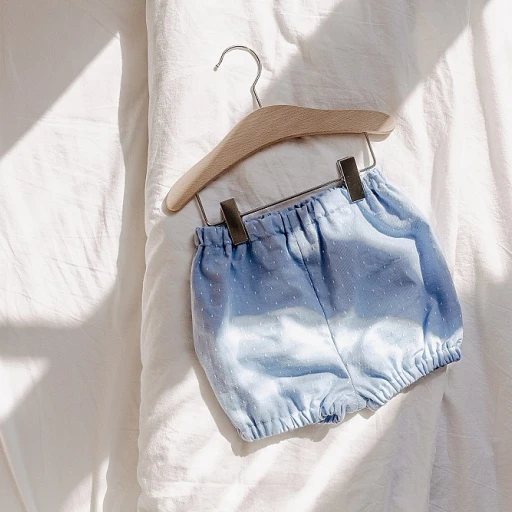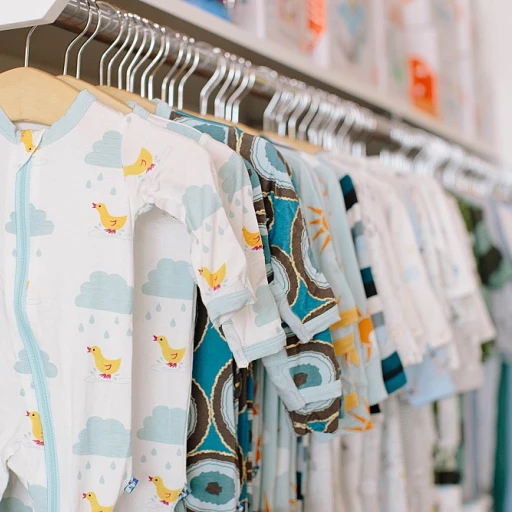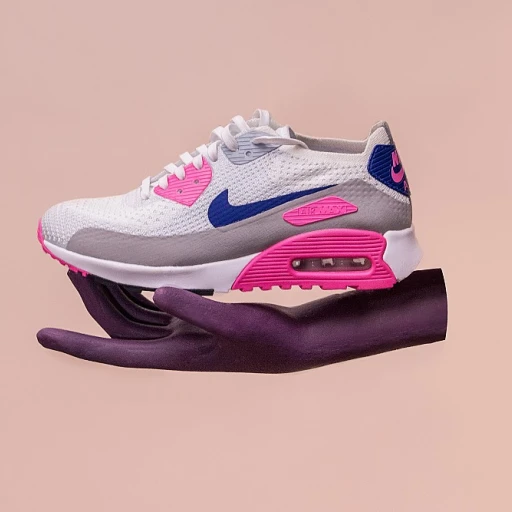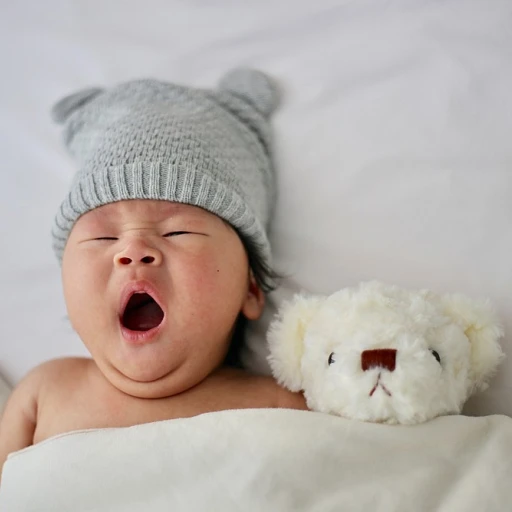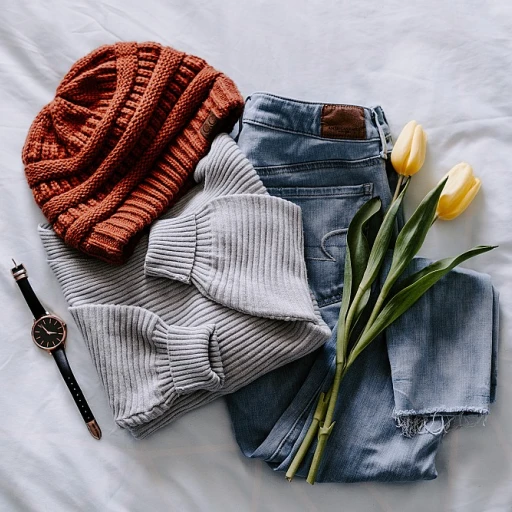
Why baby clothes sizing can be confusing
Why parents find baby clothing sizes tricky
Shopping for baby clothes can be surprisingly confusing, even for experienced parents. The main reason? Baby clothing sizes are not as straightforward as they seem. Unlike adult clothing, which usually follows a standard sizing system, baby clothes sizing varies widely between brands and even between different types of clothes. You might pick up a newborn onesie from one brand and find it fits very differently from another labeled for the same age or weight.
Most baby clothes are labeled by age in months—like "0-3 months" or "6-9 months"—but babies grow at their own pace. Some babies outgrow the "newborn" size in just a couple of weeks, while others might fit into it for much longer. Plus, sizing often depends on a combination of weight, height, and sometimes even foot length. For example, a size chart might list "3-6 months" for babies weighing 12-16 lbs and measuring 24-26 inches in height, but your baby could be longer or heavier than average for their age.
- Different brands use different size charts and measurements
- Labels often mention age, weight, and height, but not all babies fit the "average"
- Clothes sizes can overlap, making it hard to know which will fit best
Another challenge is that baby clothing sizes are sometimes listed by weight (lbs), height (inches or cm), or age (months or years), and these don’t always match up. For example, a "6 months lbs" size might fit babies up to 18 lbs, but your baby could be lighter or heavier at that age. This makes it tough to shop for the right fit, especially when buying gifts or shopping online.
For parents and gift-givers, understanding these differences is key to finding the best baby clothes that are comfortable, safe, and stylish. If you’re looking for adorable options that combine charm and practicality, check out these adorable Peter Rabbit baby booties for little trendsetters. They’re a great example of how thoughtful design can make a difference in baby fashion.
How to read a baby clothes size chart by month
Understanding Baby Clothing Size Charts
When shopping for baby clothes, it’s easy to feel lost among all the different size charts. Each brand may use its own sizing system, but most baby clothing size charts are based on age in months, weight in lbs, and sometimes height in inches or centimeters. Knowing how to read these charts can help you find the best fit for your baby, whether you’re buying for a newborn or a growing infant.
- Age in Months: Most size charts use age as a starting point, such as "0-3 months" or "6-9 months." However, babies grow at different rates, so age alone isn’t always enough.
- Weight (lbs): Many charts include a weight range, like "8-12 lbs" for newborn sizes. Always check your baby’s current weight to match the right size.
- Height: Some brands add height or length, which is especially helpful if your baby is tall or petite for their age. Look for measurements in inches or centimeters.
- Foot Length: For items like socks or shoes, foot length is important. Measure your baby’s foot for a more accurate fit.
It’s important to remember that clothing sizes can vary between brands. One brand’s "3-6 months" might be roomier or slimmer than another’s. Always check the specific size chart for the brand you’re shopping with. If you’re unsure, sizing up is often a safe choice, especially for fast-growing babies.
For more tips on how to keep your baby comfortable and stylish, check out our guide on choosing the best tights for infants. This can help you understand how different clothing sizes and materials affect comfort and fit.
When you shop for baby clothes, look for clear size charts that include age, weight, and height. Some brands also offer gift cards, which can be a great option if you’re unsure about the right size for a baby boy or girl. Remember, the goal is to find clothing that fits well and allows your baby to move and grow comfortably.
Tips for choosing the right size for your baby
Finding the Perfect Fit for Your Baby
When shopping for baby clothes, it’s easy to feel overwhelmed by the different size charts, brands, and measurements. Every baby is unique, and their growth can vary a lot from the standard size age or weight recommendations. Here’s how you can make sure you’re picking the best baby clothing sizes for your little one.
- Check the Size Chart Every Time: Brands use different sizing systems. Always look at the size chart for the specific brand you’re shopping from. Pay attention to weight (lbs), height (inches or cm), and age (months or years) listed. Some brands focus more on weight height, while others use age as the main guide.
- Measure Your Baby: Use a soft tape to measure your baby’s height, weight, and even foot length for shoes. Compare these numbers to the size charts. If your baby is between sizes, it’s usually best to size up for comfort and longer wear.
- Consider the Clothing Type: Some clothes, like onesies or pajamas, are designed to fit snugly, while others like coveralls or jackets offer more room. For inspiration on versatile options, check out this guide to toddler coveralls for both boy girl styles.
- Think About Growth Spurts: Babies grow quickly, especially in the first year. If you’re buying ahead, consider sizing up so your baby can wear the clothes longer. Look for adjustable features like stretchy waistbands or fold-over cuffs.
- Account for Seasons: If you’re buying for future months, think about what the weather will be like. Lightweight clothes sizes for summer or cozy layers for winter will help your baby stay comfortable as they grow.
- Try Before You Remove Tags: Whenever possible, try the clothing on your baby before washing or removing tags. This way, you can return or exchange if the fit isn’t right.
Remember, the best baby clothes are those that fit well and allow your baby to move freely. Don’t stress if your baby doesn’t fit the typical size months or weight height guidelines. Every baby is different, and comfort always comes first when choosing baby clothing. Gift cards can also be a smart option if you’re unsure about the right size for a baby shower or birthday.
Common mistakes when shopping for baby clothes
Frequent pitfalls when picking baby clothing sizes
- Assuming all brands use the same size chart. Each brand may have its own sizing standards. A size labeled as "3-6 months" in one brand could fit differently than another. Always check the brand’s specific size chart for accurate fit based on weight, height, and age.
- Relying only on age or months. Babies grow at their own pace. Two babies of the same age can have very different weight and height. Prioritize measurements like lbs, height, and foot length over just the months or years listed on the label.
- Ignoring weight and height recommendations. Many parents focus on age, but clothing sizes often include weight (lbs) and height (inches or cm) guidelines. These are more reliable for finding the best baby fit, especially for newborns and fast-growing babies.
- Not considering shrinkage. Some baby clothes, especially those made from cotton, may shrink after the first wash. When in doubt, size up to ensure longer wear and comfort.
- Forgetting about layering and seasons. Babies need different clothing sizes for layering in colder months. If you’re shopping ahead, think about what season it will be when your baby wears the item and whether you’ll need extra room for layers.
- Overlooking returns and exchanges. Not all shops offer easy returns on baby clothing. Before you shop, check the return policy, especially if you’re buying gifts or multiple sizes.
- Mixing up boy, girl, and unisex sizing. Some brands have separate size charts for boy, girl, or unisex clothes. Double-check the chart to make sure you’re choosing the right fit for your baby.
When shopping for baby clothes, always compare your baby’s current weight, height, and age to the size chart provided by the brand. This helps avoid common mistakes and ensures your baby stays comfortable and stylish in their clothing.
Adapting to your baby’s growth and changing seasons
Keeping Up with Growth Spurts and Seasonal Changes
Babies grow at an incredible pace, and their clothing sizes can change almost overnight. One month your baby fits perfectly into 3-6 months clothing, and the next, you’re searching for the next size up. This is why understanding size charts and knowing your baby’s current weight and height is essential for a good fit. Most brands provide a size chart that includes age, weight (lbs), and height (inches or cm), but remember, every baby is unique and may not fit exactly into the suggested size for their age in months or years.
- Monitor weight and height: Regularly check your baby’s weight and height to match their clothing size. Growth spurts can happen quickly, so don’t rely solely on age in months or years.
- Consider the season: When shopping for baby clothes, think ahead. If your baby is currently in 6-9 months size and it’s summer, consider what size they’ll be in when the weather changes. Buying a size up can be helpful, especially for items like jackets or footed pajamas.
- Layering is key: Babies need different clothing sizes and thicknesses as the temperature shifts. Layering lighter clothes under heavier pieces allows you to adjust easily as your baby grows and the seasons change.
- Check the fit regularly: Babies can outgrow their clothes in both length and width. Pay attention to foot length in sleepers, tightness around the tummy, and sleeve length. Clothing that’s too small can restrict movement and cause discomfort.
Don’t forget that clothing sizes can vary between brands, so always check the brand’s size chart and compare it to your baby’s current measurements. If you’re shopping for a baby gift, gift cards are a great option, letting parents choose the best baby clothing size for their little one’s current needs.
| Size (months) | Weight (lbs) | Height (inches) | Seasonal Tip |
|---|---|---|---|
| Newborn | 5-8 | 18-21 | Layer with soft blankets in cooler months |
| 0-3 | 8-12 | 21-24 | Opt for breathable fabrics in summer |
| 3-6 | 12-17 | 24-26 | Plan ahead for upcoming weather changes |
| 6-9 | 17-21 | 26-28 | Buy a size up for outerwear |
| 9-12 | 21-25 | 28-30 | Consider layering options for fall/winter |
Staying flexible with clothing sizes and planning for your baby’s growth and the changing seasons will help you shop smarter and keep your little one comfortable and stylish all year round.
Sustainable and stylish options in baby fashion
Eco-friendly choices that don’t sacrifice style
When shopping for baby clothes, parents are often looking for the best baby clothing that is both gentle on sensitive skin and kind to the planet. Today, many brands are making it easier to find sustainable options that also look adorable. Organic cotton, bamboo, and recycled materials are now common in baby clothing collections, offering soft, breathable fabrics that keep babies comfortable through every stage of growth.
How sustainable brands approach sizing
Eco-conscious brands pay special attention to clothing sizes and sizing charts. They often design clothes with extra room to grow, so a single piece can fit your baby for more months and even adapt to changes in weight and height. Some brands use adjustable features like fold-over cuffs or stretchy waistbands, making it easier to get the right fit as your baby moves from newborn to 12 months and beyond. This approach helps reduce waste and saves families money in the long run.
What to look for when shopping sustainably
- Check the size chart for each brand, as sustainable labels sometimes use unique sizing systems. Compare your baby’s weight, height, and age to the chart for the best fit.
- Look for clothing size details like foot length or size months to ensure comfort, especially for fast-growing babies.
- Consider gender-neutral designs, which can be passed down from boy to girl or vice versa, maximizing the use of each piece.
- Opt for versatile layers that work in different seasons, so you don’t need to shop for new clothes every few months.
- Gift cards from sustainable brands make a thoughtful present for new parents, letting them choose the right size and style as their baby grows.
Why it matters
Choosing sustainable and stylish baby clothes isn’t just about looking good—it’s about making choices that support your baby’s comfort, your budget, and the environment. By paying attention to size, weight, and age recommendations on size charts, and by selecting high-quality, eco-friendly pieces, you can build a wardrobe that grows with your child and stands the test of time.
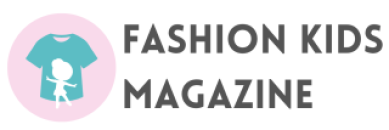
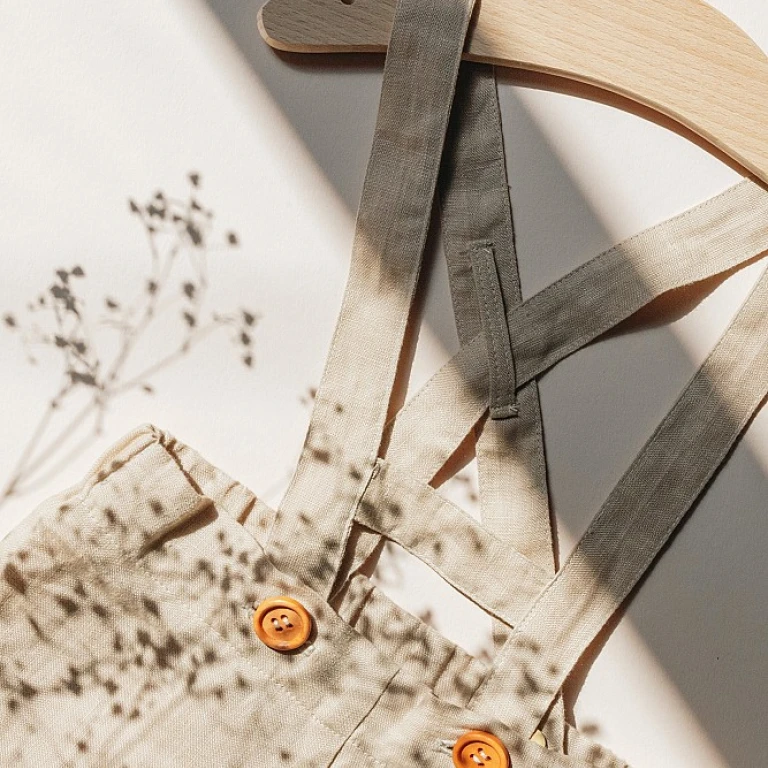
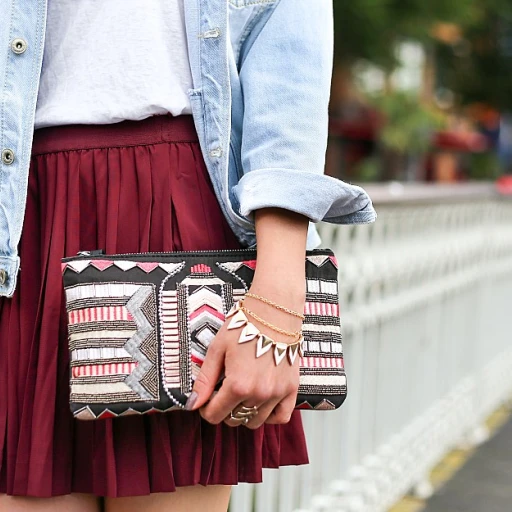
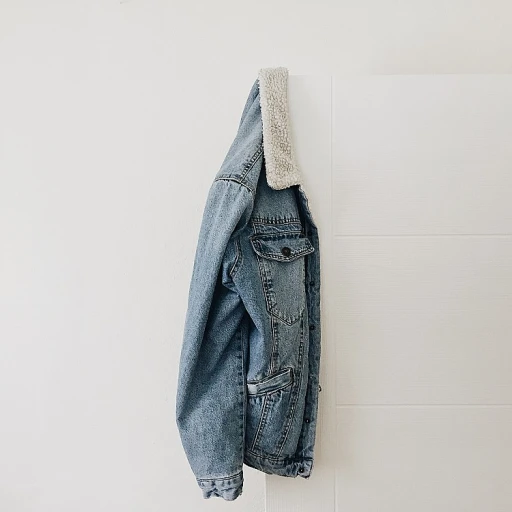

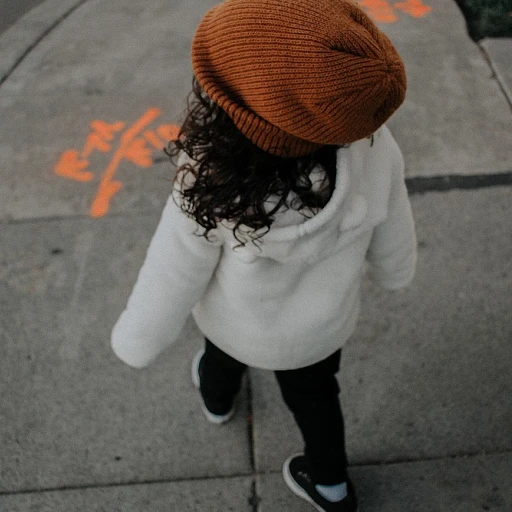
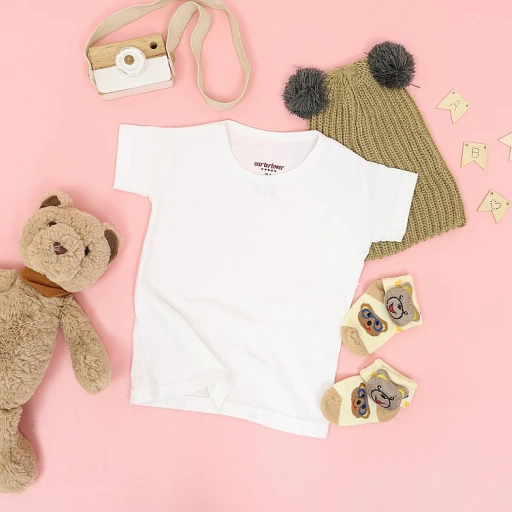
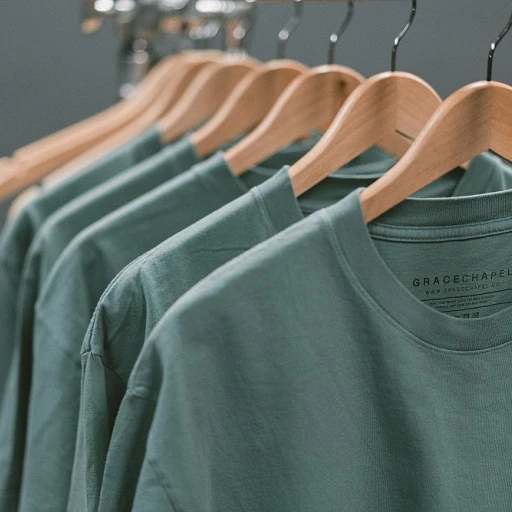
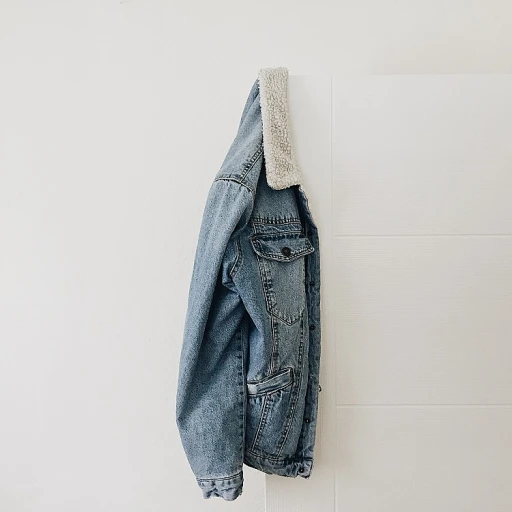
-large-teaser.webp)
